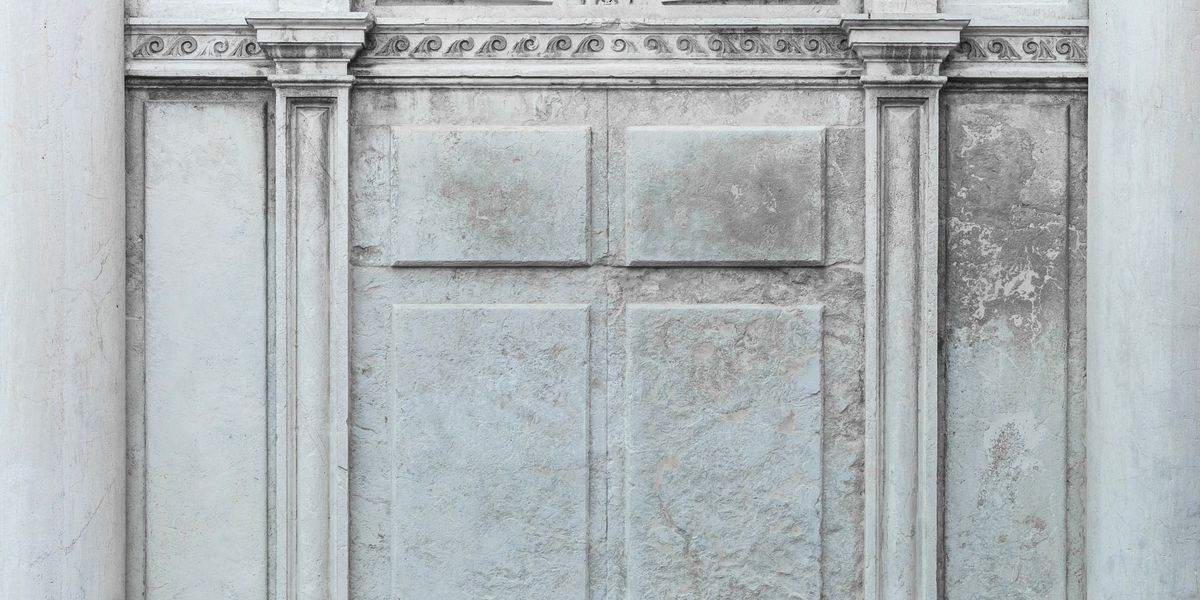Archaeology
Early hunting was “gender neutral,” archaeologists suggest
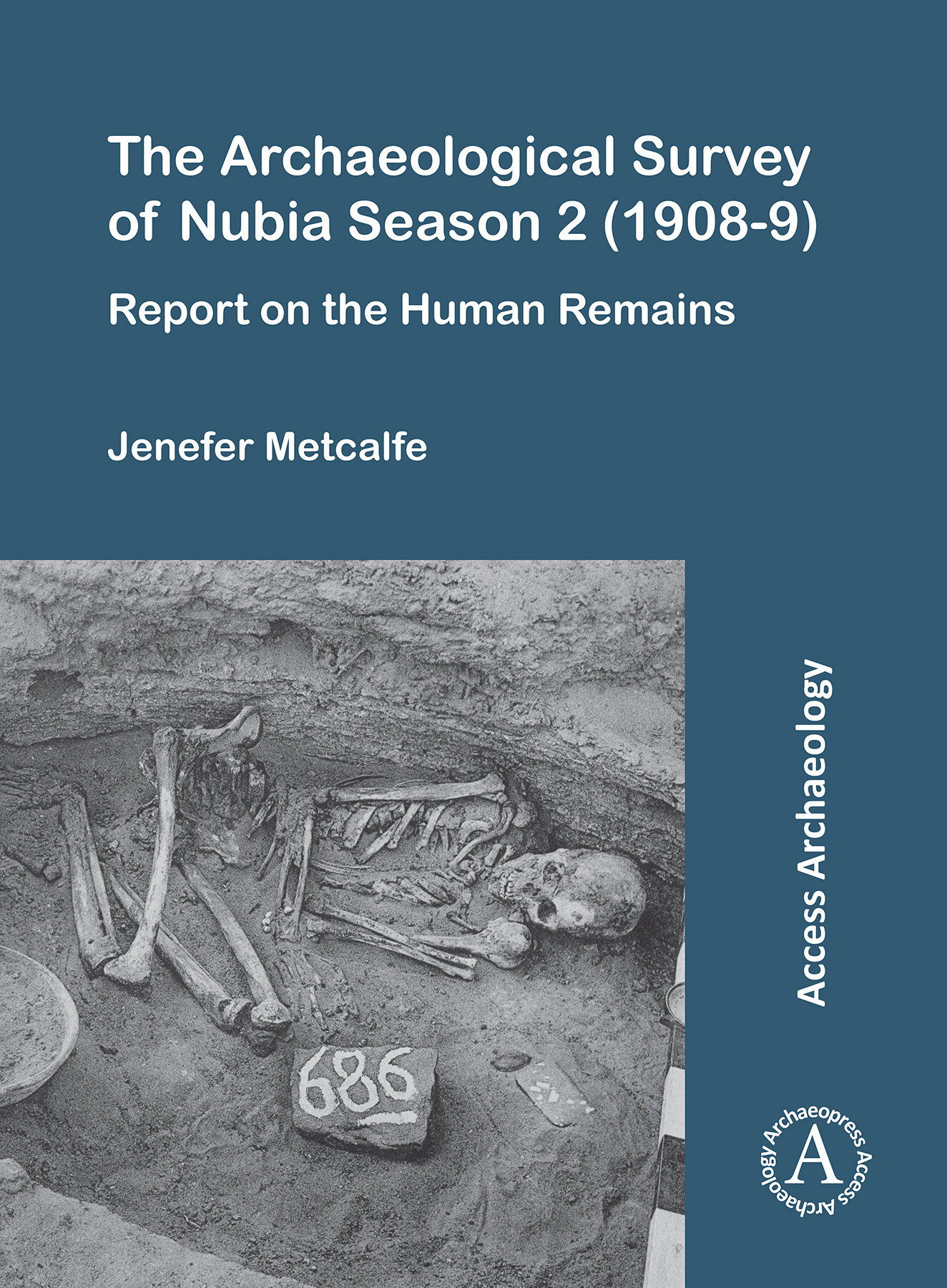 phys.org
phys.org
A biomedical Egyptologist from The University of Manchester has fulfilled the mission of an illustrious Manchester anatomist from 1910, having by chance found his unique anatomical record of how ancient Nubians lived—and died—in Southern Egypt.
 arstechnica.com
arstechnica.com
Anthropologists suggest forts were built to secure key trade routes through the region.
 news.artnet.com
news.artnet.com
Human and animal sculptures that could date to 9,600 B.C.E were found in Turkey at sites some believe have ties to biblical accounts. The more we look, the further back human civilisation goes.
 news.artnet.com
news.artnet.com
The two brooches are the first definitive evidence of Viking presence on the island of Jomfruland in southern Norway.
 news.artnet.com
news.artnet.com
Archeologists in Reims, northeastern France, have found an unopened Roman sarcophagus with the remains of a woman and her funerary goods.
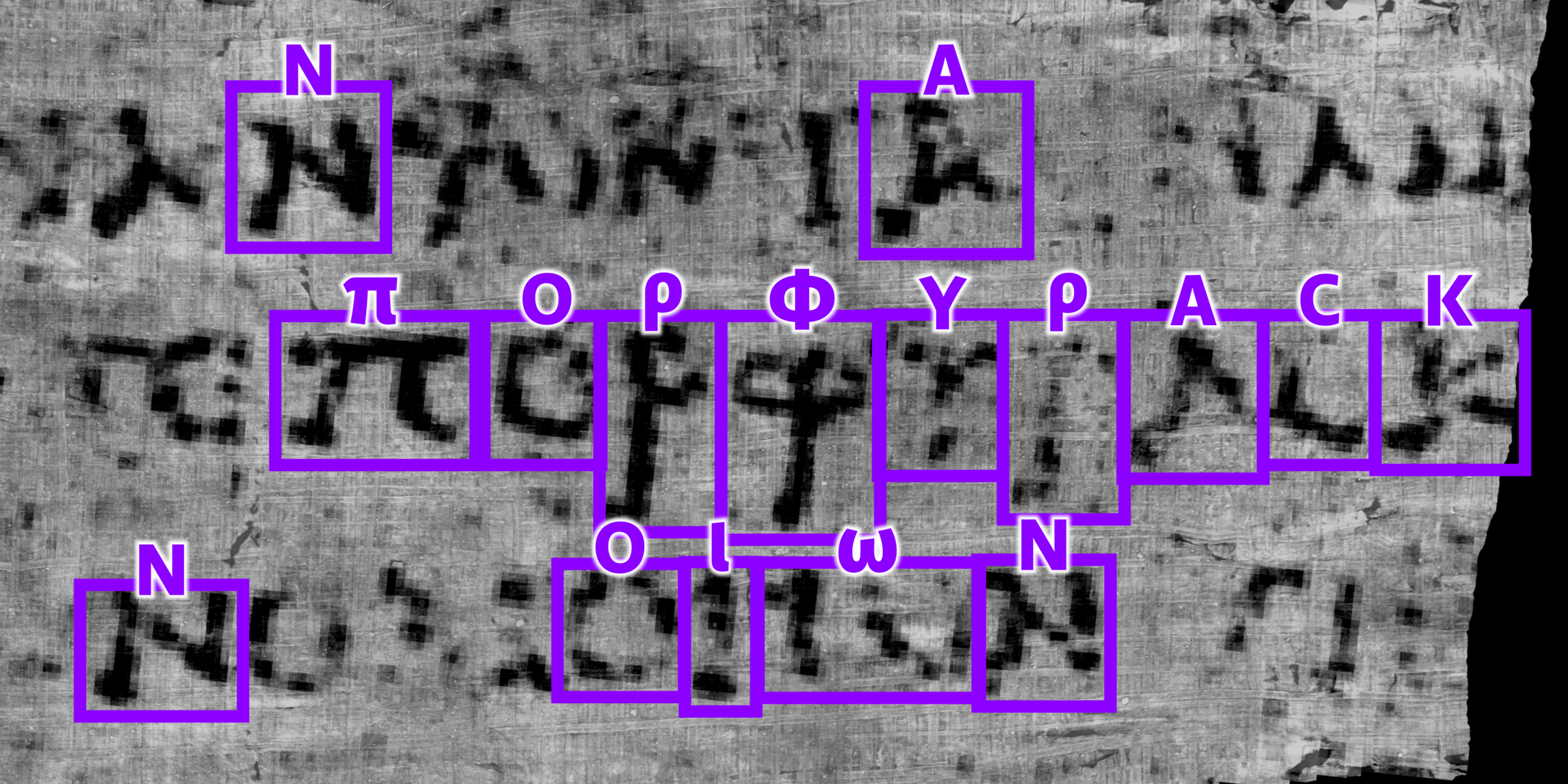 scrollprize.org
scrollprize.org
cross-posted from: https://slrpnk.net/post/3200775 > cross-posted from: https://slrpnk.net/post/3194334 > > > Scrolls count as books, right? > > > > They've managed to find actual words in a two-thousand year-old, burned scrolls from Herculaneum. > > > > The exciting bit? The words they've read so far appear to be from a previously unknown ancient text. And there are *over six hundred* other scrolls. If we can read more of them, we'll find lost texts. Maybe some we've heard of, maybe some we haven't. Either would be amazing! > > > > From the article: > > > > >The Herculaneum papyri, ancient scrolls housed in the library of a private villa near Pompeii, were buried and carbonized by the eruption of Vesuvius in 79 AD. For almost 2,000 years, this lone surviving library from antiquity was buried underground under 20 meters of volcanic mud. In the 1700s, they were excavated, and while they were in some ways preserved by the eruption, they were so fragile that they would turn to dust if mishandled. How do you read a scroll you can’t open? For hundreds of years, this question went unanswered.
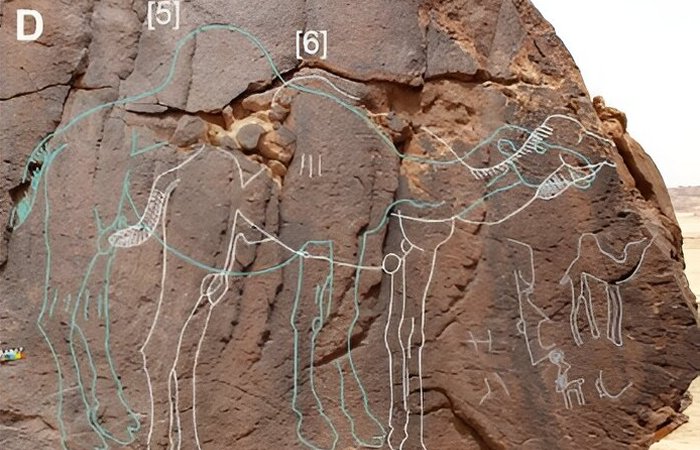 www.ancientpages.com
www.ancientpages.com
While investigating a site at the southern edge of the Nefud desert in Saudia Arabia, archaeologists discovered remarkable ancient life-sized engravings of extinct camel species.
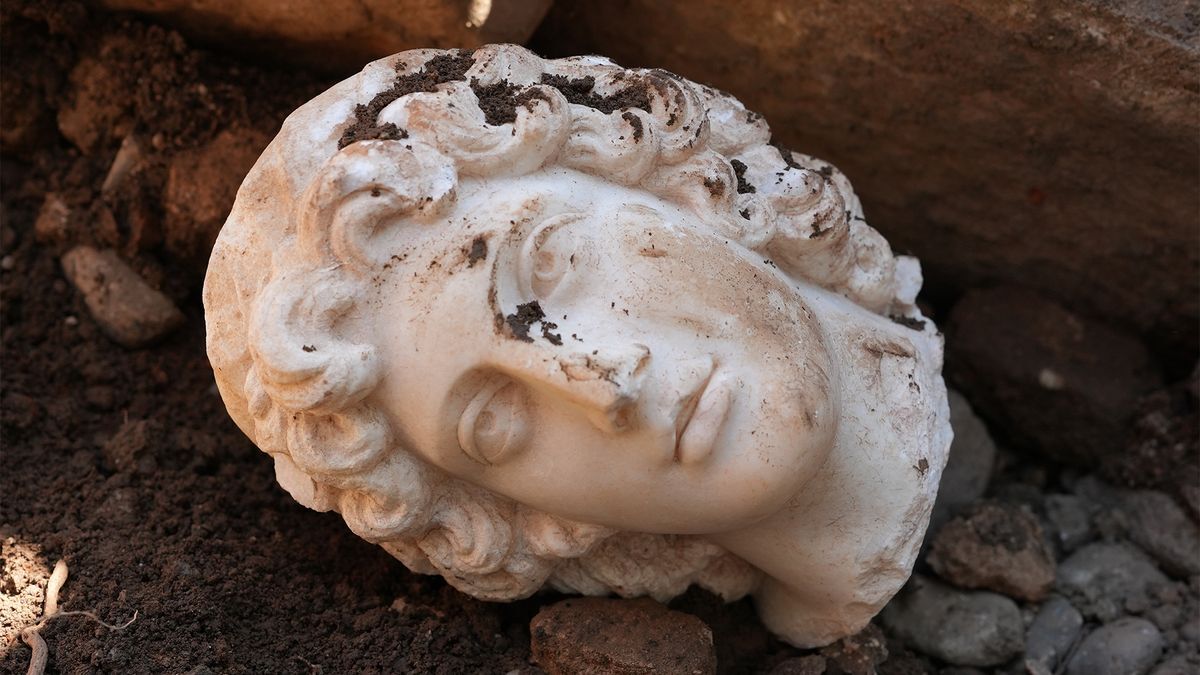 www.livescience.com
www.livescience.com
The discovery shows the popularity of the ancient ruler hundreds of years after his death.
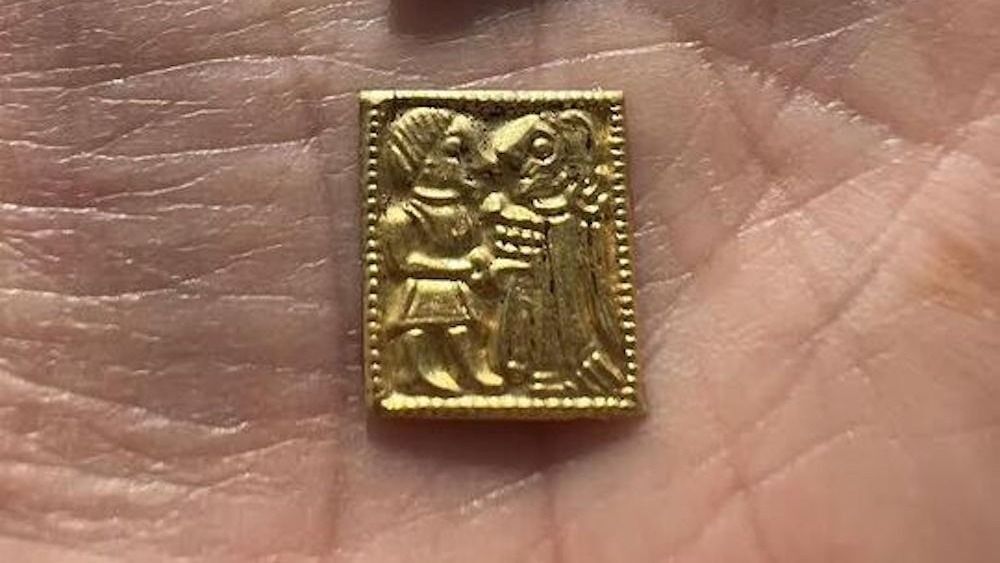 www.livescience.com
www.livescience.com
Archaeologists in Norway unearthed dozens of tiny gold-foil figures at a former pagan temple.
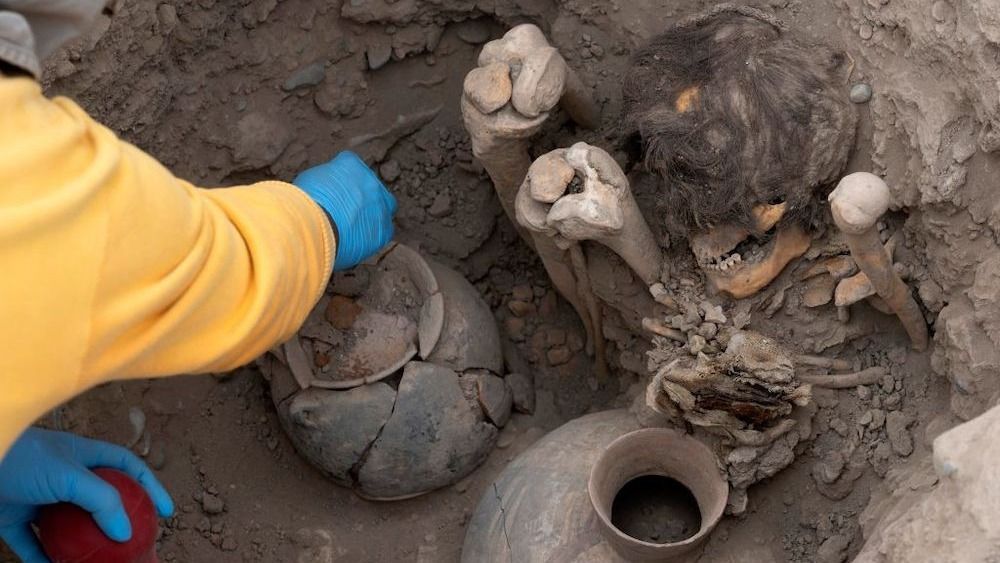 www.livescience.com
www.livescience.com
While installing new gas lines in Peru, workers unearthed nearly a dozen pre-Inca mummies buried alongside a variety of artifacts.
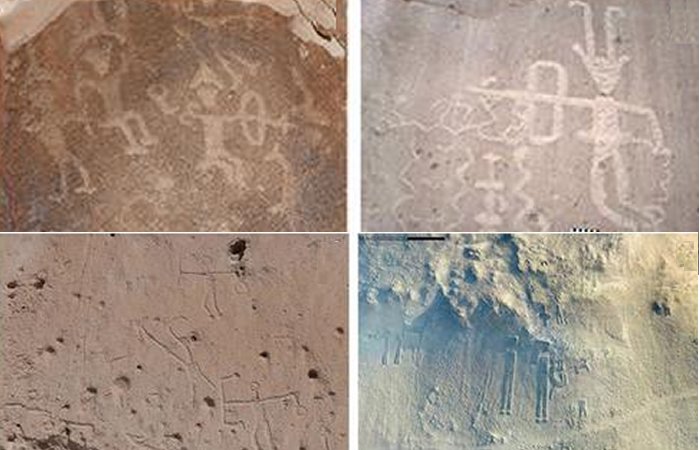 www.ancientpages.com
www.ancientpages.com
Interpersonal violence was a consistent part of life in ancient hunter-gatherer communities on the Atacama Desert coast of northern Chile, according to a new study.
Sahure, also known as Sahura, was the second ruler of ancient Egypt’s Fifth Dynasty (c. 2465 - c. 2325 BCE).
A Scythian scepter carved from animal bone has been discovered in a 5th century B.C. warrior burial in Provadia-Solnitsata, northeastern Bulgaria. Bone scepters have been found before, but they are usually cross-shaped and the design of this one is unique.
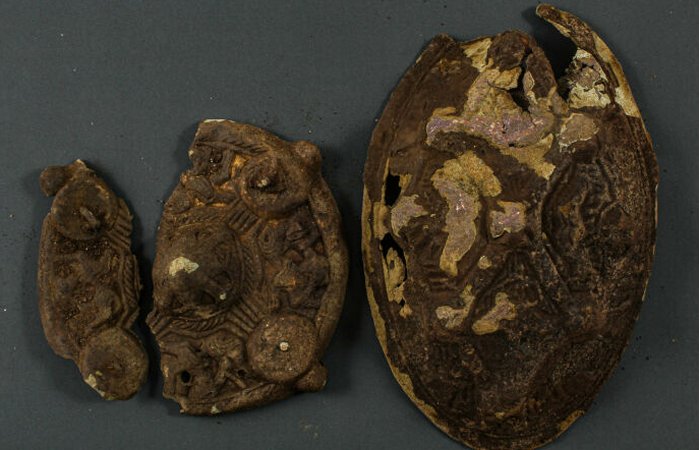 www.ancientpages.com
www.ancientpages.com
While searching for a missing gold ring with a metal detector, the family in Norway found, to their big surprise, something entirely different in their garden on the island of Jomfruland.
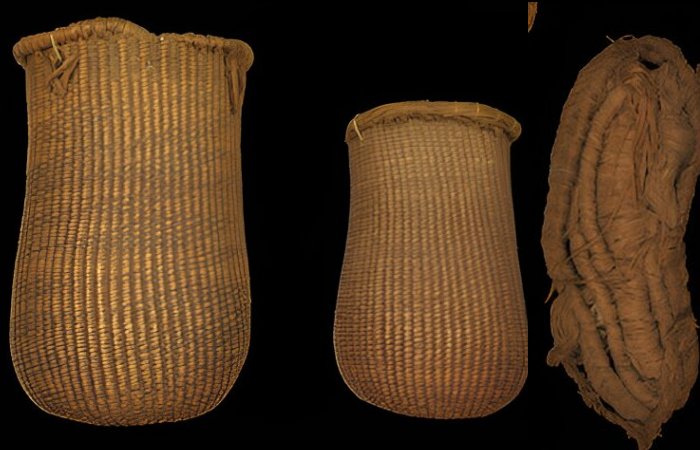 www.ancientpages.com
www.ancientpages.com
Scientists have discovered and analyzed the first direct evidence of basketry among hunter-gatherer societies and early farmers in southern Europe.
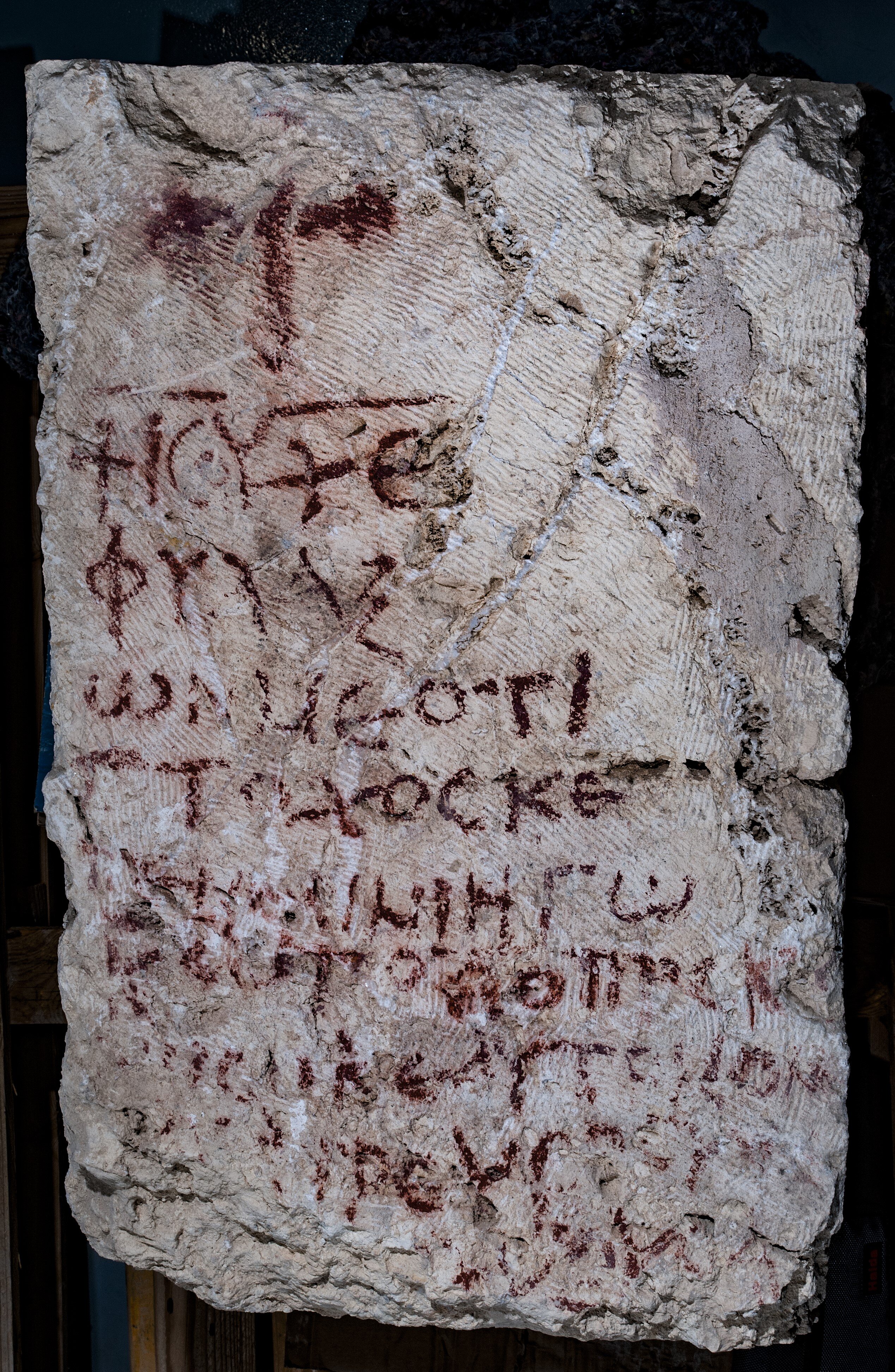 phys.org
phys.org
Archaeologists from The Hebrew University of Jerusalem's Institute of Archaeology recently carried out preliminary excavation at the ancient site of Hyrcania in the northern Judean Desert, coming at the heels of increased activity by antiquities looters.
The remains of two temples, one dedicated to the Egyptian god Amun and the other to the Greek goddess Aphrodite, have been discovered in the sunken city of Thonis-Heracleion in the Bay of Aboukir, about 20 miles northeast of Alexandria.
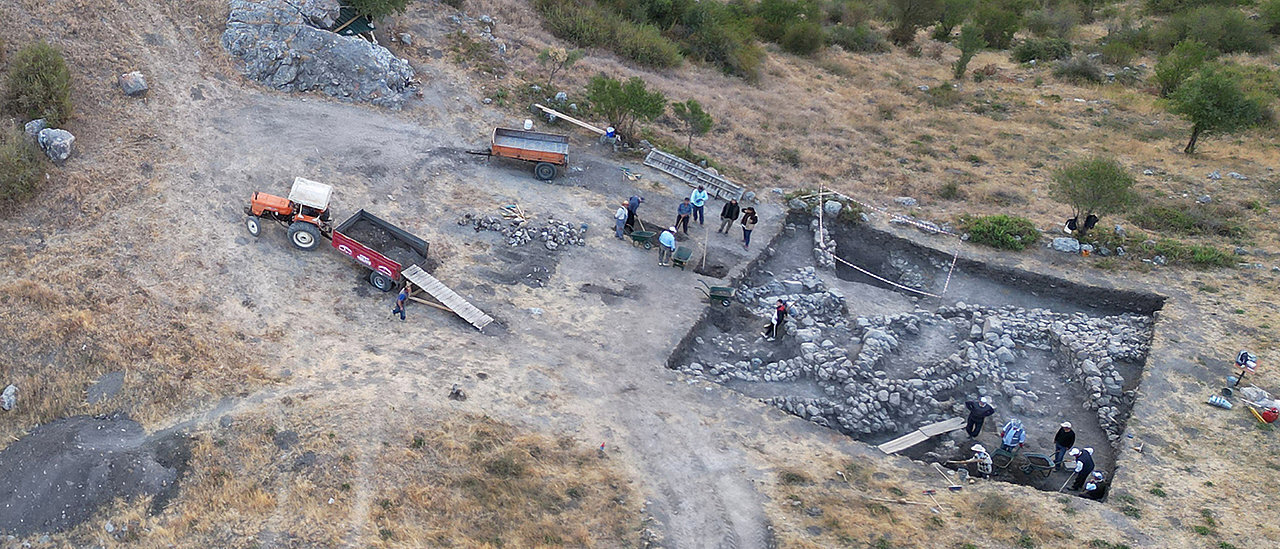 phys.org
phys.org
An excavation in Turkey has brought to light an unknown Indo-European language. Professor Daniel Schwemer, an expert for the ancient Near East, is involved in investigating the discovery.
Mysterious Tiny 1,400-Year-Old Gold Foil Figures Found In Pagan Temple | [AncientPages.com](https://www.ancientpages.com/2023/09/23/tiny-1400-year-old-gold-figures-pagan-temple/) [\#archaeology](https://kbin.social/tag/archaeology) [#norway](https://kbin.social/tag/norway) [#pagan](https://kbin.social/tag/pagan) [#history](https://kbin.social/tag/history) [#Archaeology](https://kbin.social/tag/Archaeology)
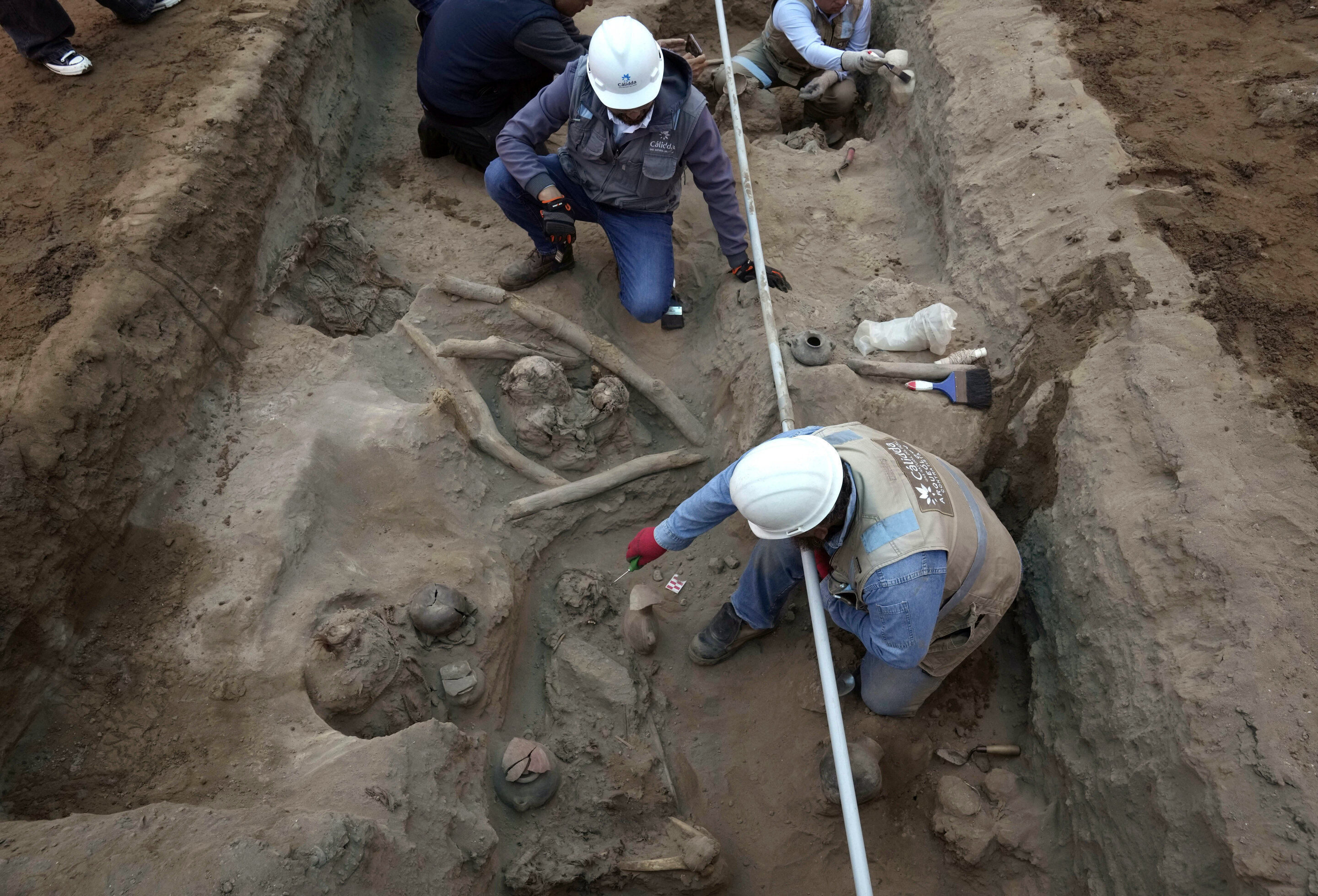 phys.org
phys.org
Some archaeologists describe Peru's capital as an onion with many layers of history, others consider it a box of surprises. That's what some gas line workers got when their digging uncovered eight pre-Inca funeral bales.
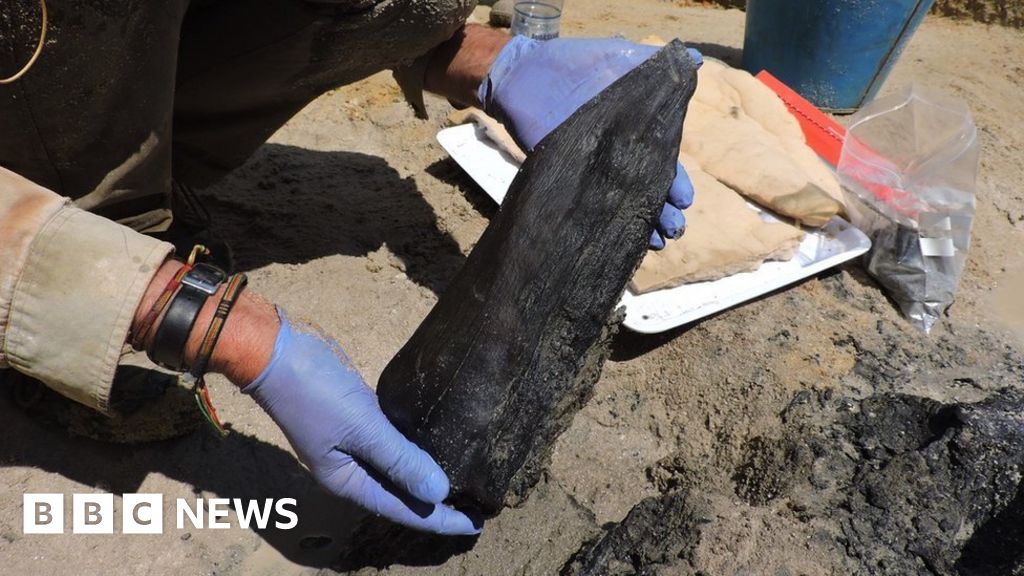 www.bbc.co.uk
www.bbc.co.uk
Ancient timber preserved in a riverbed suggests humans were building wooden structures 500,000 years ago.
Archaeologists from the University of Cologne have deciphered parts of the Kuschana script that has puzzled researchers for over seventy years.
 www.ancientpages.com
www.ancientpages.com
Analysis of hair combs made from deer antler has shed new light on the trade routes of Vikings—revealing connections between northern Scandinavia and the edges of continental Europe.
 www.nature.com
www.nature.com
This article tells the story of the earliest ceramic drainage system unearthed at the Pingliangtai site on the Central Plains of China, which represents an unprecedented social and environmental manipulation as societies faced surging environmental crises in the Late Holocene East Asian Monsoon region.
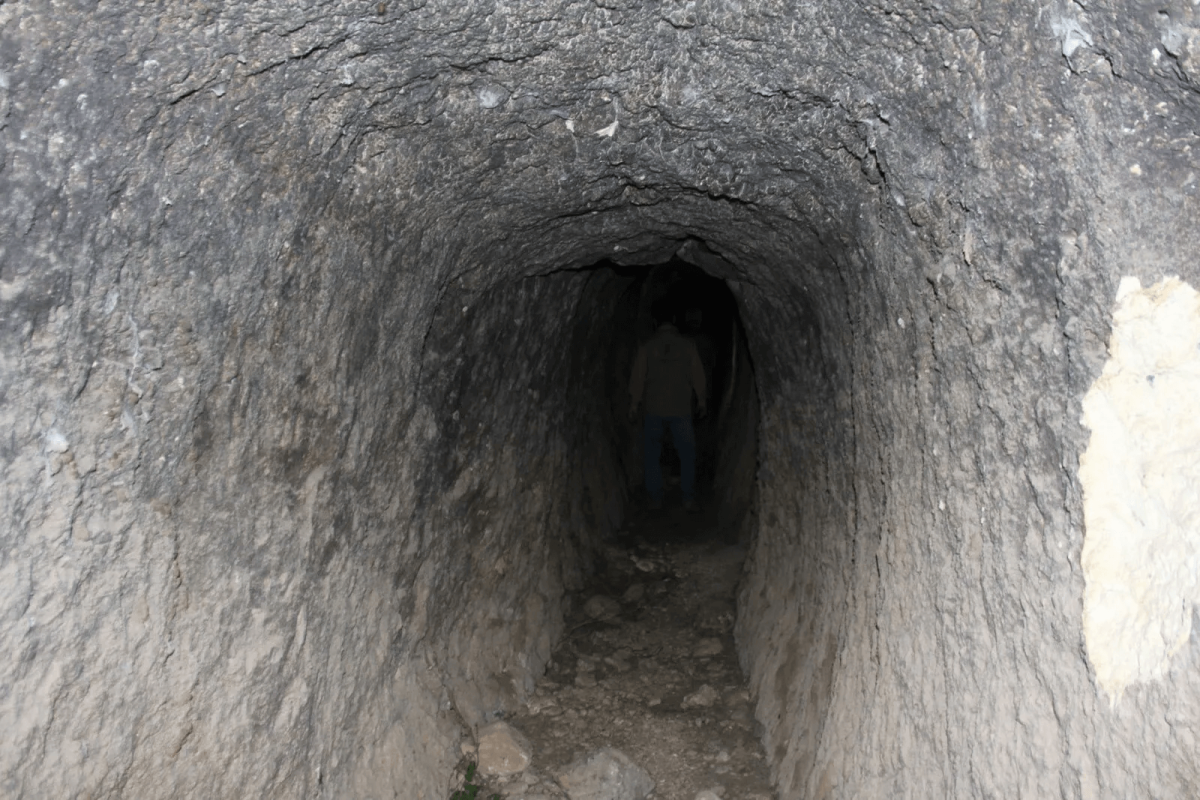 arkeonews.net
arkeonews.net
It was revealed that in the Besni district of Adıyaman province, located in the Southeastern Anatolia Region of Turkey, the Romans dug a 150-meter-long water tunnel into the mountain 1,700 years ago to irrigate their lands with the water flowing from the river.
A team of student and professional archaeologists have unearthed dozens of burials near Nauheim, a town southwest of Frankfurt in the west central German state of Hesse. The grave goods indicate the deceased were immigrants with Gallic funerary customs who settled in the area in the middle of the 1st century A.D.
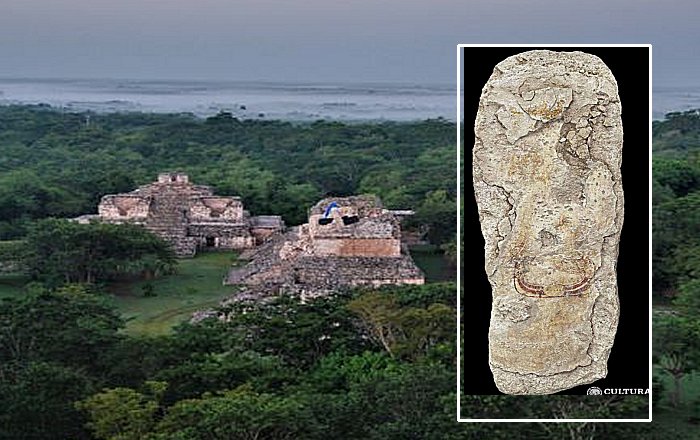 www.ancientpages.com
www.ancientpages.com
Archaeologists in Mexico have discovered a painted ancient vault lid, decorated with a depiction of a serpent. Ek' Balam was occupied from the Middle Preclassic through the Postclassic, although it ceased to thrive as a major city past the Late Classic.
Archaeologists from Koç University have uncovered an Imperial Hittite archive from the reign of Ḫattušili III during excavations at Kayalıpınar, located in the Yıldızeli District of Turkey’s Sivas Province.
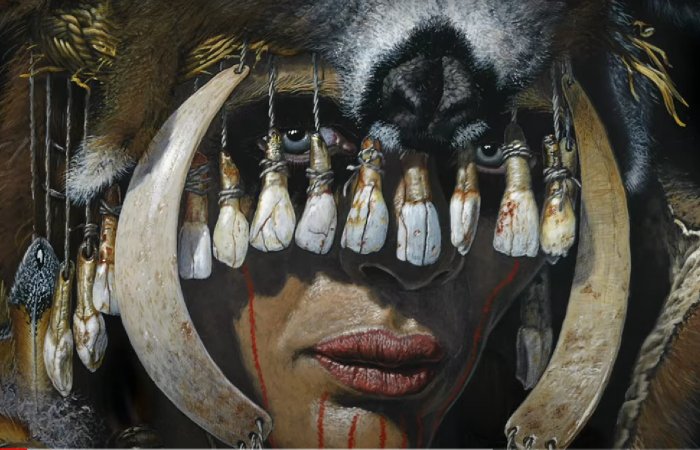 www.ancientpages.com
www.ancientpages.com
About 9,000 years ago, an influential and respected woman was put to rest in a burial in Bad Dürrenberg, Germany. She was buried in a sitting position with a child of about six months in her arms. Her spectacular clothes and lavish burial offer evidence she was a woman of high social status. A recent study may provide more information about her.
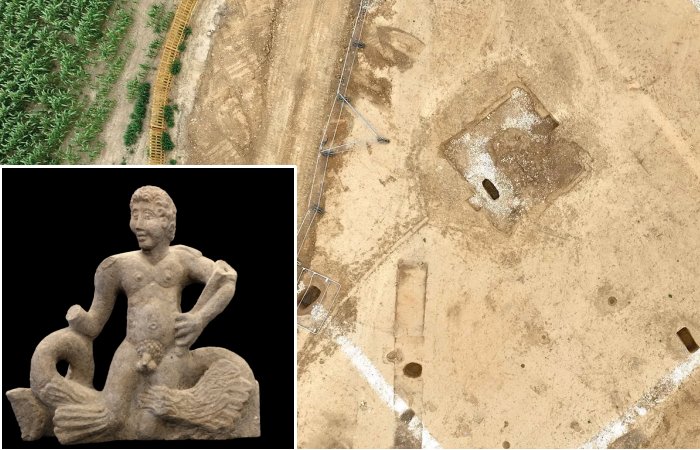 www.ancientpages.com
www.ancientpages.com
Archaeologists have found a spectacular statue of the Roman sea god Triton while excavating a Roman Mausoleum in Kent, UK. Several Roman and possibly later burials were identified during the excavation both within and immediately adjacent to these enclosures, some of which contained grave goods.
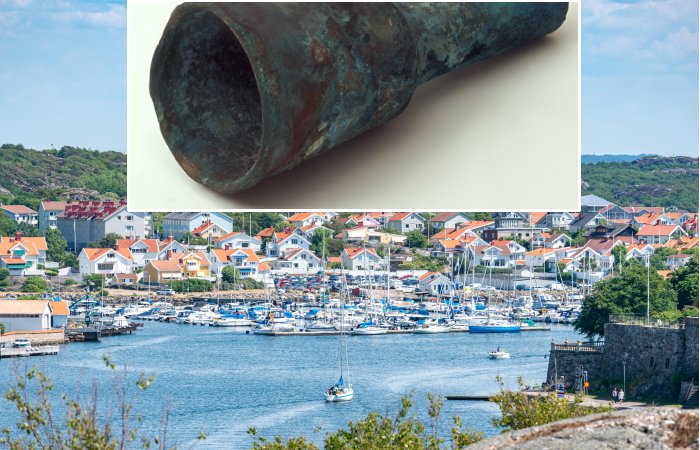 www.ancientpages.com
www.ancientpages.com
Scientists have studied what might be Europe's oldest shipboard cannon. The cannon was found in the sea off Marstrand on the Swedish west coast.
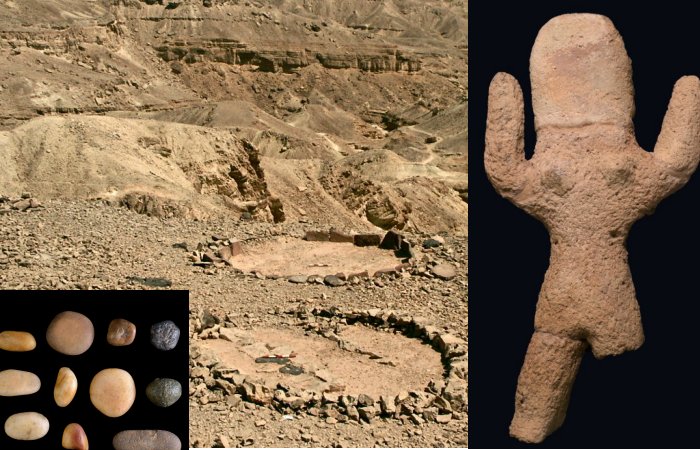 www.ancientpages.com
www.ancientpages.com
Most ancient civilizations believed in the practice of magic to heal diseases and ward off the evil eye, and there were sorcerers one could contact and ask for assistance with problems that needed to be solved.
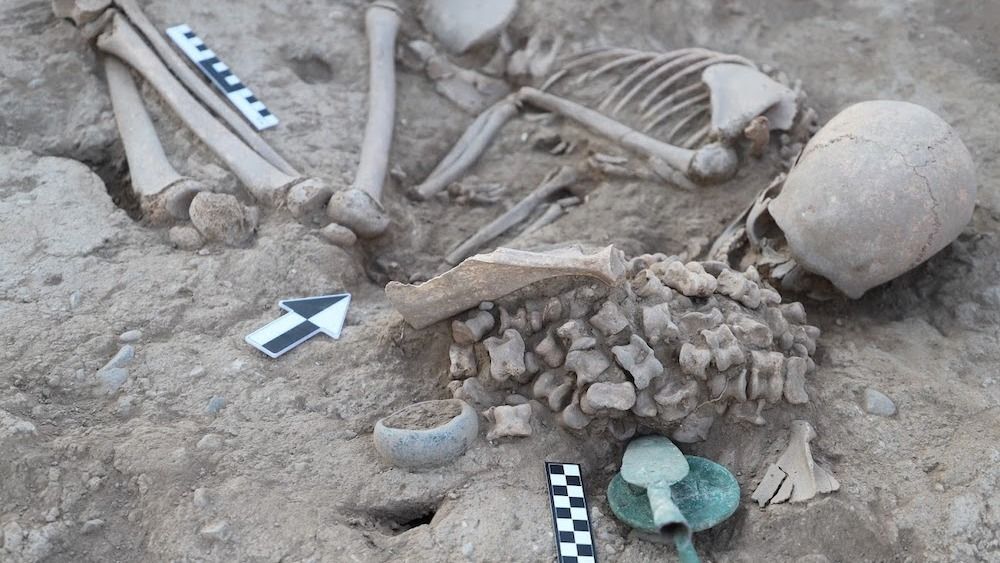 www.livescience.com
www.livescience.com
Archaeologists in Kazakhstan have unearthed a burial mound of a Bronze Age girl surrounded by a variety of grave goods.
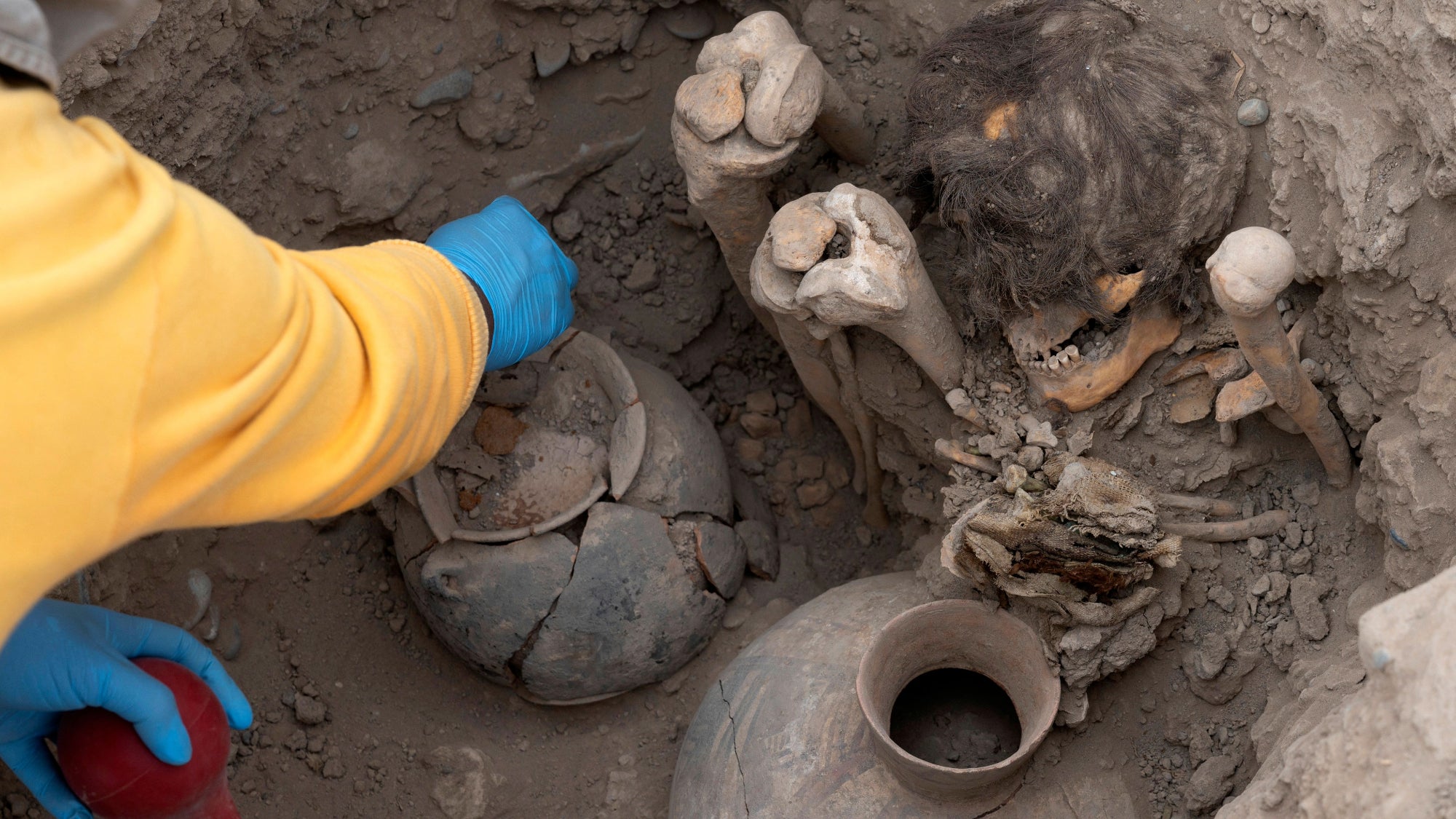 www.popsci.com
www.popsci.com
The mummified remains were found alongside preserved textiles, ceramic vessels, and other objects at the Huaca Pucllana monument.
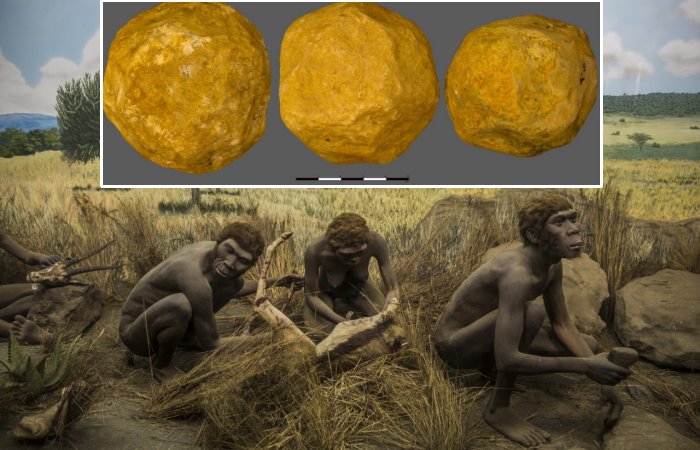 www.ancientpages.com
www.ancientpages.com
A new study seeks to shed light on these mysterious objects, offering insights into the intentions and skills of early hominins.
 www.theguardian.com
www.theguardian.com
Schooner Trinidad hailed as ‘significant shipwreck’ after successful sonar search reveals well preserved vessel
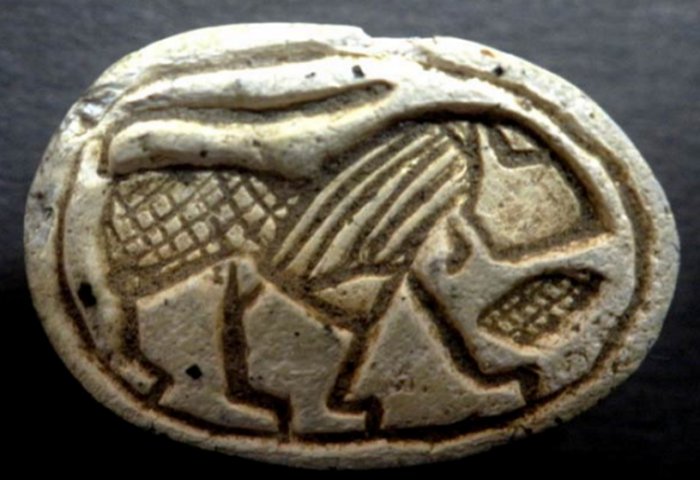 www.ancientpages.com
www.ancientpages.com
A scarab seal at Tel Gerisa, depicting a walking lion can be dated to the Middle Bronze Age IIB (beginning of the 2nd millennium BCE).
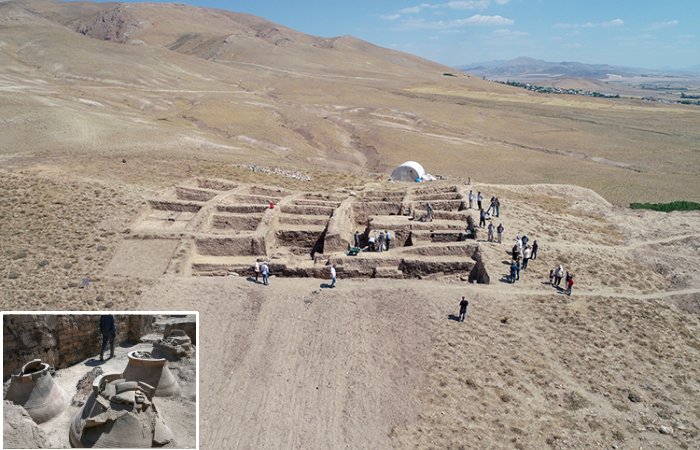 www.ancientpages.com
www.ancientpages.com
A group of impressive monumental ancient structures have been unearthed by archaeologists excavating at Garibin Tepe in Van, Turkey. Scientists say the large building complex is from the Urartian period. At present, the purpose of the ancient buildings remains unclear.
Archaeology
!Archaeology@kbin.socialThis magazine is dedicated to discussions on the latest news, stories, and developments in archaeology. Whether you are an archaeologist yourself, or simply interested in the subject and the human past, this is the place for you. Here you can share your knowledge, ask questions, and engage in discussions on archaeological topics, as well as topics of the historical record, and more. While we try to keep the focus on stories and discussions with scientific basis, thought experiments are welcome. If there is something you’re interested in and this seems the place to discuss it, or if you’re simply not sure of the distinction, don’t shy away! Join the conversation and let's explore the world of archaeology together!
